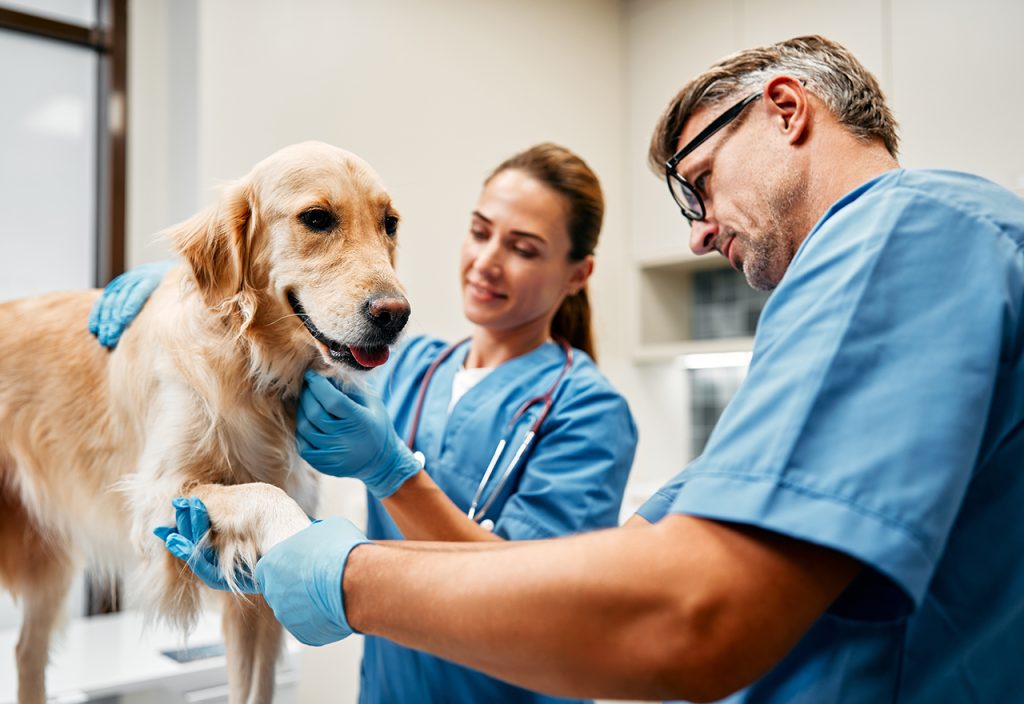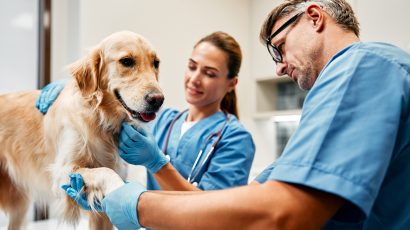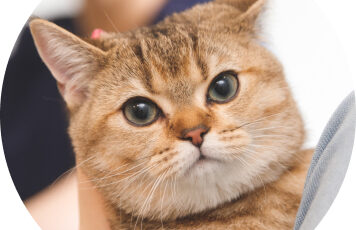
Their glands are in your hands - supporting anal gland health
Have you ever wondered why dogs greet each other bottom first? This is due to the presence of two scent glands, called anal glands, which are used for identification purposes. The anal glands are located just inside the dog’s anus and secrete a strong smelling fluid, which should be squirted onto faeces, when a dog goes to the toilet. This is why you will often see dogs smelling another dogs poo when out walking, or sniffing another dogs bottom during interactions. Your dog is collecting scent information, to help them identify the other dog!
Many dogs go their whole life without suffering any problems with their anal glands; naturally emptying them each time they toilet. Other dogs can struggle to fully empty their anal glands, leading to painful blockages and potentially infections. At this point, a trip to the vet is needed, to gently empty the anal glands and provide appropriate management.
Sarah Holliday, qualified vet at nutraceuticals manufacturer VetPlus, said: “Anal gland problems can be particularly uncomfortable for pets, leading to regular visits to the vet practice, to have the glands emptied.
“Some dogs are at increased risk, particularly smaller breeds and popular breeds like Cocker Spaniels, Shih-Tzus and Cockapoos, have a higher incidence of anal gland problems. Short-nosed breeds, like French Bulldogs and Pugs, are also twice as likely to have issues with their anal glands, compared to longer nosed breeds.
“If you think anything is amiss, make sure to consult your veterinary practice, as they will be able to assess your pet, empty the glands safely and help deal with any pain, discomfort, or infection, which may be present.
“Your vet may also recommend supplements, such as VetPlus’ FIBOR® - which is available as tasty pellets, to add into your pets food. FIBOR® contains a unique blend of different fibre types, along with other supportive ingredients, to help maintain normal gut health. Extra fibre in the diet, can ensure your pet passes regular, healthy stools, which gives anal glands more opportunity to empty naturally. By helping maintain your pet’s gut health and keeping stools consistent, your dog will hopefully need fewer visits to the vets, for anal gland emptying”
To help owners, Sarah has shared three important signs of anal gland problems, to look out for in dogs:
- “Scooting”
If you have ever seen your pet dragging their bottom along the ground, this is referred to as “scooting”.
Many owners assume this means their pet has gut parasites, often called worms. More commonly, dogs will drag their bottom due to irritation and discomfort from full anal glands, in an attempt to release the contents.
Sometimes they may be successful in their efforts and you will quickly pick up a strong, foul-smelling, fishy odour!
- Chewing/licking
Full anal glands are uncomfortable, so dogs will do what they can to show you they are struggling.
Watch out for your dog chewing, or licking, around their bottom, tail, back legs and back feet.
- Difficulty toileting
As the anal glands sit just inside the pet’s anus, full or infected glands can make it difficult to pass faeces comfortably.
If your pet is having difficulty going to the toilet, or seems in pain when doing so, it is very important to get them checked over.
Overall, it’s vital to watch out for any changes in your pet’s health and behaviour, to help identify problems at an earlier stage. Regular, routine vet visits, such as keeping your pet’s booster vaccinations up to date, are also a great way for your vet to monitor your pet’s general health.


